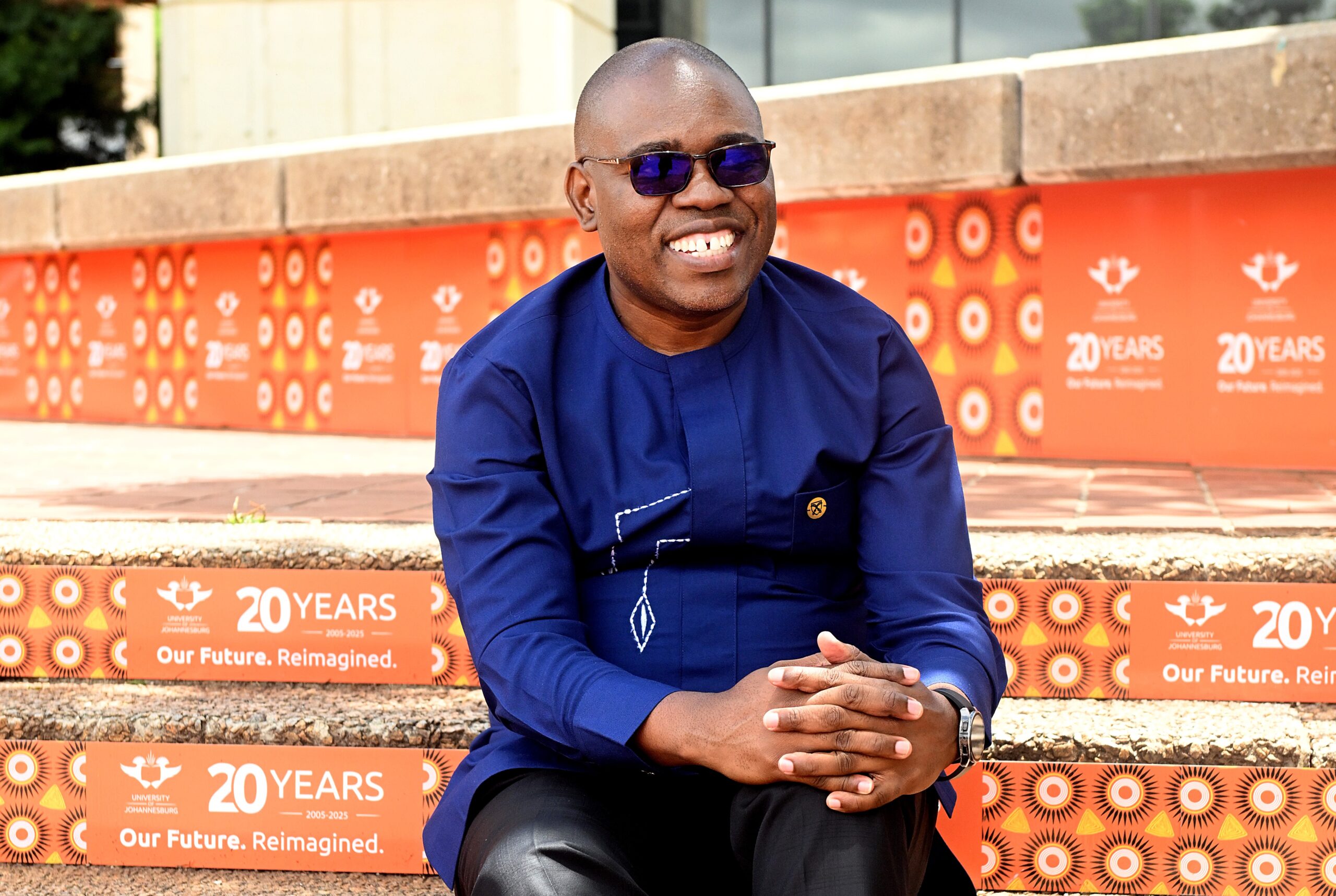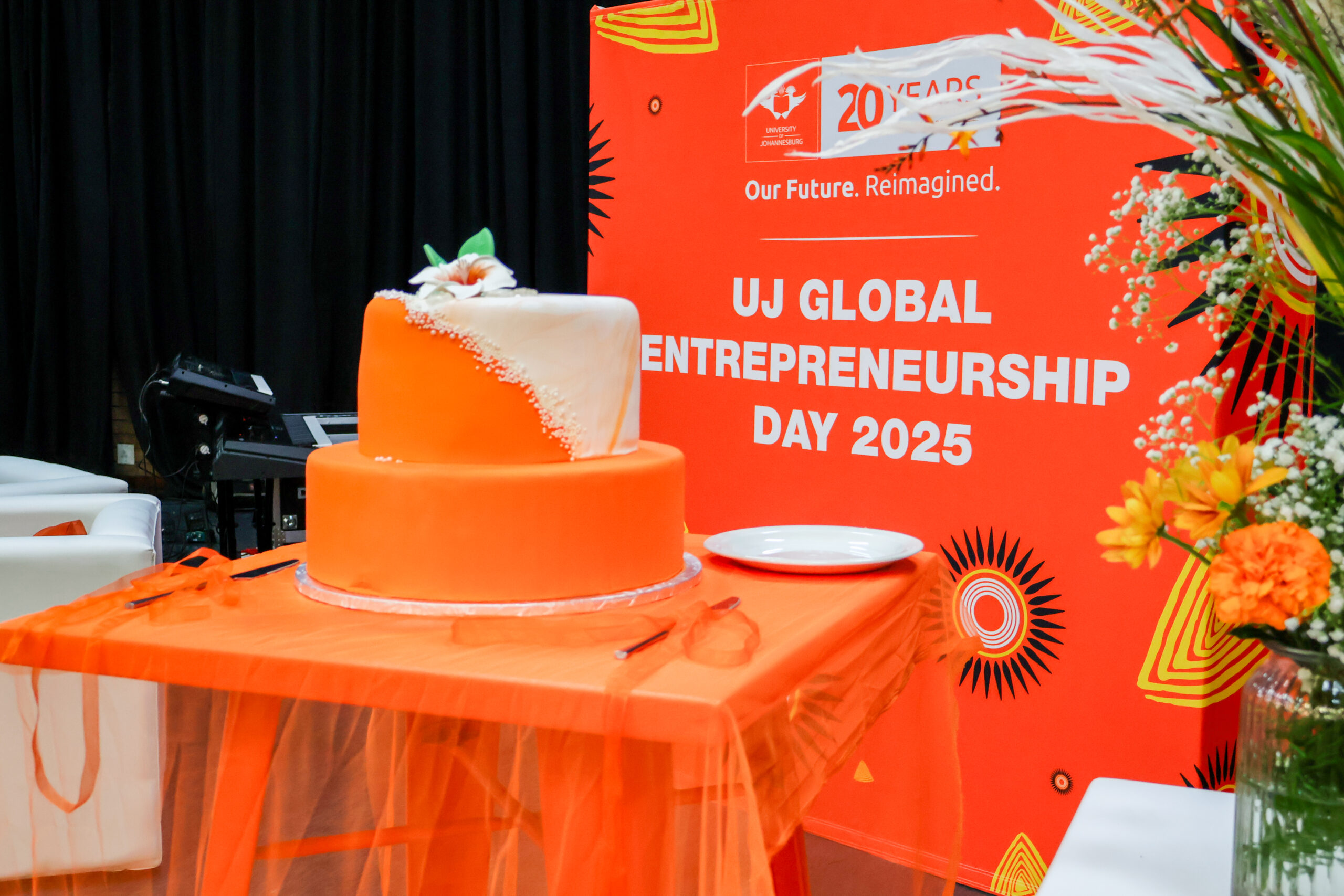The University of Johannesburg (UJ) reports steadily increasing retention of first year students, the result of a series of initiatives to reduce the institution’s drop-out rate. In 2012, the university recorded an improved first year success rate of 80%, up from 75.6% in 2011.
High first year attrition is a serious problem faced by most universities across South Africa. Stats from The Council on Higher Education reveal that between 2005 and 2010, 46% of students enrolled in 3-5 year degrees at South African universities left their educational institution without graduating.
Far from being a South African problem however, first year drop-out is an international concern. UJ academic, Soraya Motsabi, explains that student populations at universities worldwide are increasingly diversified, coming from a range of cultures and an assortment of educational backgrounds with irregular standards. “Universally students are often victims of poor articulation between secondary and tertiary education, suffer a lack of preparedness for university life and are poorly informed on university programmes,” she comments. Viewing tertiary study in the main as a means to a job, they often select courses inappropriate to their abilities.
While academic failure is a significant cause of first year dropout, in South Africa financial difficulties loom large in the minds of new students. UJ’s own statistics show that students on grants regularly outperform those who are non-funded; the gap in success rates is now over 5%. It is of major concern to local universities that bodies such as the National Student Financial Aid Scheme are needing to support an increasing number of university entrants.
As in all multicultural communities, socio-cultural issues also come into play. South African universities have experienced a sea-change in demographics in the last decade – UJ’s student body is now 75% black, with some 60%-65% being first generation university scholars under enormous pressure to succeed. Tertiary institutions also faced considerable adjustment with the introduction of the National Senior Certificate (NSC) matriculation in 2006, when student numbers spiked dramatically as a result of more learners than anticipated qualifying for a university entrance.
Recognising the need for a multi-pronged approach, UJ’s response has been holisitic, a part-academic, part-psychosocial programme with an accent on students mentoring fellow students. Called the First Year Experience (FYE) programme, it was introduced in 2010. “Its elements are not new, but have been re-energised with intensified staff focus and greater student awareness,” states Motsabi.
While academic failure is a significant cause of first year dropout, in South Africa financial difficulties loom large in the minds of new students. UJ’s own statistics show that students on grants regularly outperform those who are non-funded; the gap in success rates is now over 5%. It is of major concern to local universities that bodies such as the National Student Financial Aid Scheme are needing to support an increasing number of university entrants.
As in all multicultural communities, socio-cultural issues also come into play. South African universities have experienced a sea-change in demographics in the last decade – UJ’s student body is now 75% black, with some 60%-65% being first generation university scholars under enormous pressure to succeed. Tertiary institutions also faced considerable adjustment with the introduction of the National Senior Certificate (NSC) matriculation in 2006, when student numbers spiked dramatically as a result of more learners than anticipated qualifying for a university entrance.
Recognising the need for a multi-pronged approach, UJ’s response has been holisitic, a part-academic, part-psychosocial programme with an accent on students mentoring fellow students. Called the First Year Experience (FYE) programme, it was introduced in 2010. “Its elements are not new, but have been re-energised with intensified staff focus and greater student awareness,” states Motsabi.
FYE offers academic skills reinforcement through an Academic Development Centre and psycho-social assistance through the university’s Centre for Psychological Services and Career Development (PsyCaD). In addition the university’s Management Executive Committee has recently approved substantial strategic funding to further develop the tutor programme.
Essentially teaching assistants, the 1 285 tutors are an interface between students and teaching staff. Selected from third-year year level and up, they do well academically, are good communicators and able to identify students needing help. They receive intensive training and professional supervision, in turn gaining a set of skills that hone their potential as future academic staff.
In similar vein, UJ introduced academic advisors in university residences and approved off-campus accommodation facilities. Under the Academic Excellence Programme, 250 student advisors are serving 2 000 first years in 25 residences.
According to Professor Elizabeth de Kadt, Executive Director: Academic Development, the university is further refining Safenet, an early risk identification system that enables students in danger of failing to be red-flagged as early as their fourth week of study.
De Kadt explains that student selection has also been improved in some Faculties by careful consideration of the National Benchmark Tests, undertaken by matriculants. “The tests, commissioned by Higher Education South Africa (HESA), can be a good indicator of students likely to require first year support, and suggestive of field of study placement,” she said. “An ongoing challenge,” she says, “is getting student to register, not only for the appropriate qualification but also at the right level ie mainstream or extended curriculum.”
Bridging measures have also been put into place at high school level. One step is the introduction of a self-guided workbook to assist school leavers in registering for appropriate qualifications, while outreach programmes at the university’s Soweto campus have seen Grade 11 learners trained in career advice, offering beneficial information to their peers.
Most local universities have support programmes, but they are poorly funded and students often do not know where to find them. In the face of increasing demand for tertiary education (UJ’s applications for 2014 already count 10 000 more than last year), the pressure to overturn first-year drop-out will amplify.



